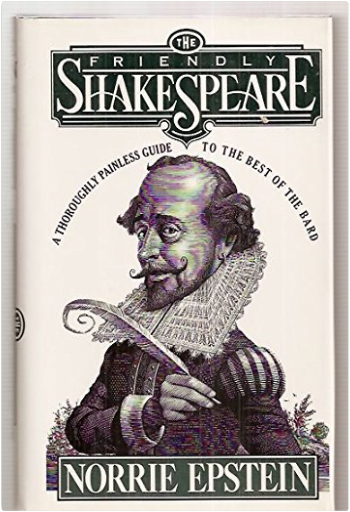 A readable guide to the works of Shakespeare includes solid, but never too simplistic, information about the Bard's language, life, and loves for those who want to learn about Shakespeare without wading through a morass of academic criticism. 35,000 first printing. $25,000 ad/promo. 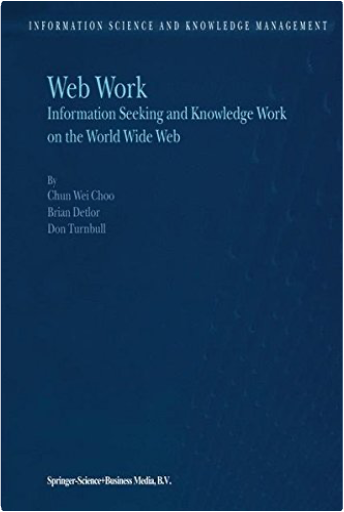 This book brings together three great motifs of the network society: the seeking and using of information by individuals and groups; the creation and application of knowledge in organizations; and the fundamental transformation of these activities as they are enacted on the Internet and the World Wide Web. Of the three, the study of how individuals and groups seek information probably has the longest history, beginning with the early "information needs and uses" studies soon after the Second World War. The study of organizations as knowledge-based social systems is much more recent, and really gained momentum only within the last decade or so. The study of the World Wide Web as information and communication media is younger still, but has generated tremendous excitement, partly because it has the potential to reconfigure the ways in which people seek information and use knowledge, and partly because it offers new methods of analyzing and measuring how in fact such information and knowledge work gets done. As research endeavors, these streams overlap and share conceptual constructs, perspectives, and methods of analysis. Although these overlaps and shared concerns are sometimes apparent in the published research, there have been few attempts to connect these ideas explicitly and identify cross-disciplinary themes. This book is an attempt to fill this void. The three authors of this book possess contrasting backgrounds and thus adopt complementary vantage points to observe information seeking and knowledge work. 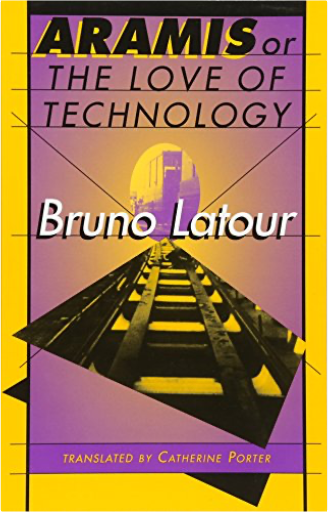 Bruno Latour has written a unique and wonderful tale of a technological dream gone wrong. As the young engineer and professor follow Aramis' trail—conducting interviews, analyzing documents, assessing the evidence—perspectives keep shifting: the truth is revealed as multilayered, unascertainable, comprising an array of possibilities worthy of Rashomon. The reader is eventually led to see the project from the point of view of Aramis, and along the way gains insight into the relationship between human beings and their technological creations. This charming and profound book, part novel and part sociological study, is Latour at his thought-provoking best. 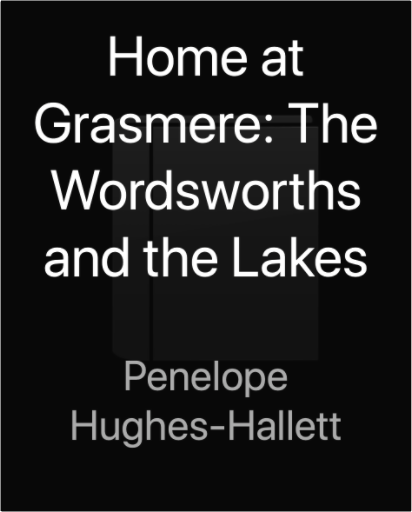 This is a collection of the writings of William and Dorothy Wordsworth, Coleridge, De Quincy and others, describing the life of the Wordsworths and their circle when they lived at Grasmere in the Lake District. The book starts with a description of William's early life, but its main focus is on the years 1799-1813, that period of sustained creativity when William and his sister Dorothy returned to the lakes and mountains of their childhood memories. Penelope Hughes-Hallett interweaves photographs and her own descriptions with extracts from William's poems, Dorothy's journals and the writings of a host of other contemporaries, to evoke a place and a time which became inspirational in the development of English literature. Penelope Hughes-Hallett's other books include "My Dear Cassandra", an illustrated selection of the letters of Jane Austen. 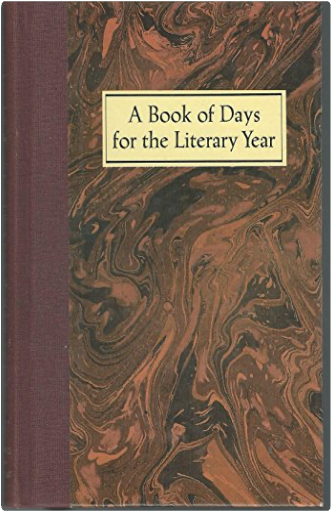 A delightful, yearlong literary companion for book lovers, filled with birthdays, anniversaries, and amusing anecdotes, all from the world of books and authors. 202 illustrations, 33 in color. 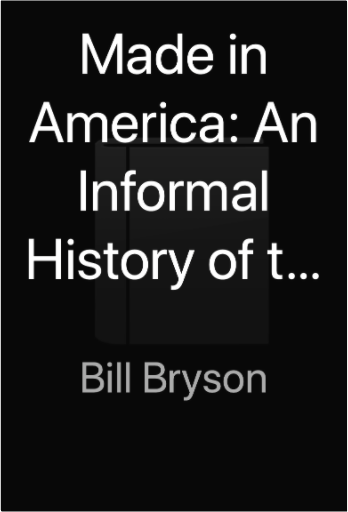 The author of Mother Tongue offers an affectionate and informative look at the origins of American English, including why strippers' apparel is called a G-string and what—or who—is the real McCoy. 75,000 first printing. $75,000 ad/promo. Tour. 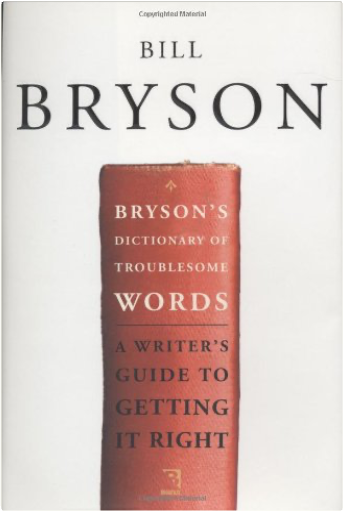 One of the English language’s most skilled and beloved writers guides us all toward precise, mistake-free usage. | 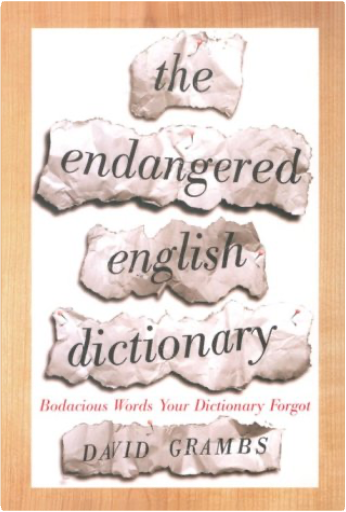 Modern dictionaries, the kind most people use, are often the result of a ruthless paring away of many glorious words—so that only the standard, functional, current ones remain. A treasure by every lover of language, this volume reclaims past glories of the language, presenting magnificent words that have the scent of generations and societies past. 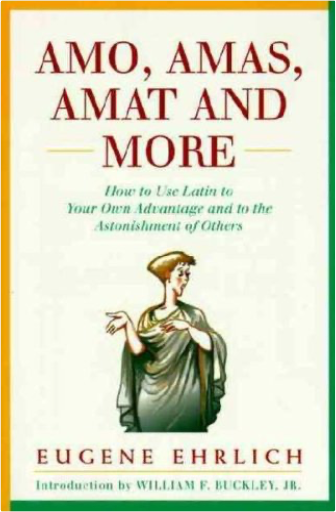 A witty and entertaining guide to the use of Latin expressions for one's own advantage in the modern world. 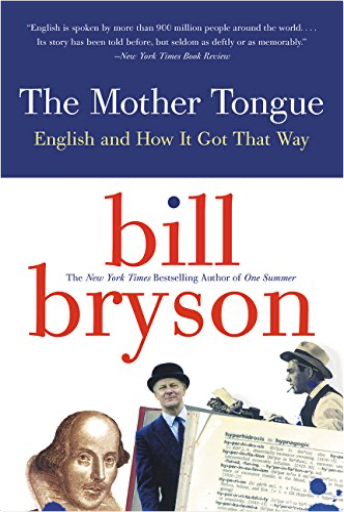 With dazzling wit and astonishing insight, Bill Bryson—the acclaimed author of The Lost Continent—brilliantly explores the remarkable history, eccentricities, resilience and sheer fun of the English language. From the first descent of the larynx into the throat (why you can talk but your dog can't), to the fine lost art of swearing, Bryson tells the fascinating, often uproarious story of an inadequate, second-rate tongue of peasants that developed into one of the world's largest growth industries. 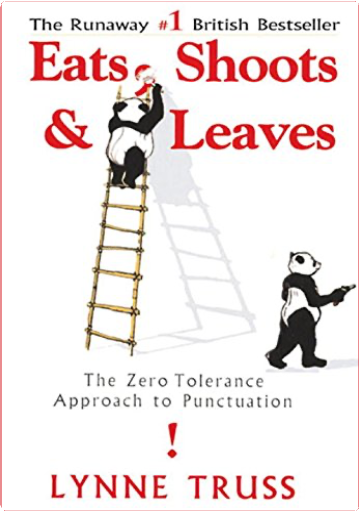 We all know the basics of punctuation. Or do we? A look at most neighborhood signage tells a different story. Through sloppy usage and low standards on the internet, in email, and now text messages, we have made proper punctuation an endangered species. In Eats, Shoots & Leaves, former editor Lynne Truss dares to say, in her delightfully urbane, witty, and very English way, that it is time to look at our commas and semicolons and see them as the wonderful and necessary things they are. This is a book for people who love punctuation and get upset when it is mishandled. From the invention of the question mark in the time of Charlemagne to George Orwell shunning the semicolon, this lively history makes a powerful case for the preservation of a system of printing conventions that is much too subtle to be mucked about with. 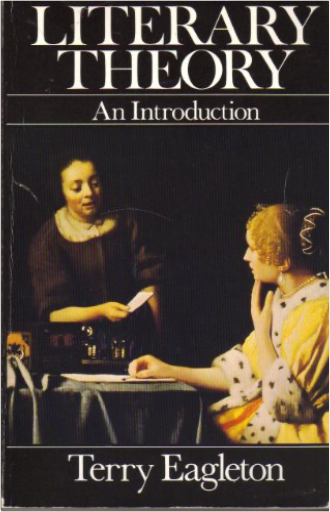 This classic work is designed to cover all of the major movements in literary studies during this century. Noted for its clear, engaging style and unpretentious treatment, Literary Theory has become the introduction of choice for anyone interested in learning about the world of contemporary literary thought. The second edition contains a major new survey chapter that addresses developments in cultural theory since the book's original publication in 1983, including feminist theory, postmodernism, and poststructuralism. 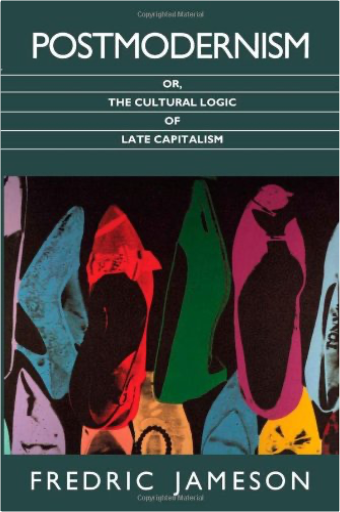 Now in paperback, Fredric Jameson’s most wide-ranging work seeks to crystalize a definition of ”postmodernism”. Jameson’s inquiry looks at the postmodern across a wide landscape, from “high” art to “low” from market ideology to architecture, from painting to “punk” film, from video art to literature. 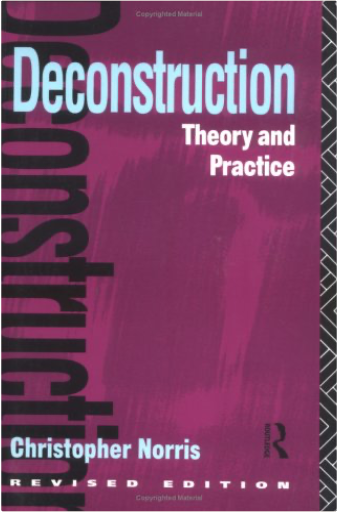 Since first appearing in 1982 this book has been acclaimed as by far the most readable, concise and authoritative text of its kind. While in no way oversimplifying the complexities of the subject, or understating the challenge it presents, Norris's book sets out to make deconstruction more accessible to the open-minded reader. For this revised edition the author has provided a substantial postscript which looks back over the past ten years of critical debate and seeks to correct some prevalent misunderstandings. The volume also contains an updated bibliography - among the most extensive of its kind - giving details of more than two hundred books published during that period. Some critics have dismissed deconstruction as a harmless academic game; others have denounced it as a terrorist weapon or a discourse of last-ditch nihilist unreason. As Norris demonstrates, both responses are equally wide of the mark. Focusing on Derrida's major texts, and offers a detailed commentary on his readings of Plato, Rousseau, Nietzsche, Husserl, Saussure, Levi-Strauss, J.L. Austin and others, this book brings out the extraordinary subtlety and force that have characterized his project from the outset. Norris also examines the work of those North American critics - Paul de Man, Geoffrey Hartman, J. Hillis Miller and Harold Bloom - who in their own prolonged efforts to move beyond the old' New Criticism have variously registered the impact of Derrida's thought. |

library 101720
Collection Total:
1,127 Items
1,127 Items
Last Updated:
Oct 17, 2020
Oct 17, 2020

 Made with Delicious Library
Made with Delicious Library